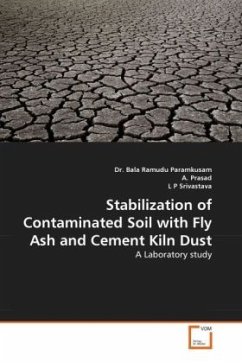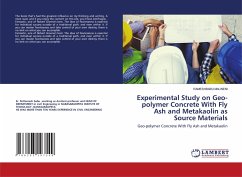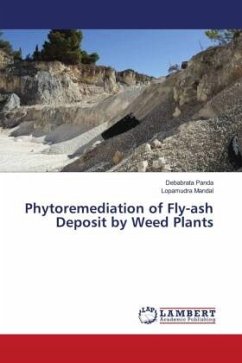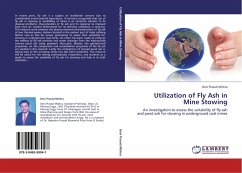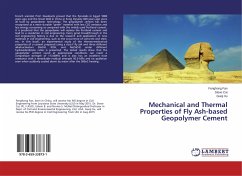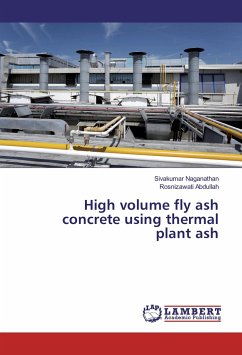
Fly Ash-derived Glass Ceramic Materials
Significance, Processing, Analysis
Versandkostenfrei!
Versandfertig in 6-10 Tagen
32,99 €
inkl. MwSt.

PAYBACK Punkte
16 °P sammeln!
Over recent years, increased environmental awareness and stringent regulatory codes have significantly influenced the way we manage municipal solid waste (MSW). Incineration has become a widely accepted alternative to conventional landfilling. However, this method generates unstable bottom and fly ash residues. Fly ash is regarded more hazardous on account of its fine size and highly toxic constituents, and, therefore, requires further inertisation treatment prior to disposal. Vitrification is very effective in the containment of fly ash. This rather costly, energy-intensive method converts fl...
Over recent years, increased environmental awareness and stringent regulatory codes have significantly influenced the way we manage municipal solid waste (MSW). Incineration has become a widely accepted alternative to conventional landfilling. However, this method generates unstable bottom and fly ash residues. Fly ash is regarded more hazardous on account of its fine size and highly toxic constituents, and, therefore, requires further inertisation treatment prior to disposal. Vitrification is very effective in the containment of fly ash. This rather costly, energy-intensive method converts fly ash into a stable material that is usually landfilled with no economic benefit. This book presents a subsequent processing step that augments vitrification to produce a highly durable glass-ceramic material suitable for potential use in structural and building applications. The data presented herein can be of practical use for researchers and operators seeking to reproduce such results or even industrialize waste management solutions of this sort. From an environmental point of view, the remediation and valorization of waste fly ash is an example of sustainable engineering practices.



